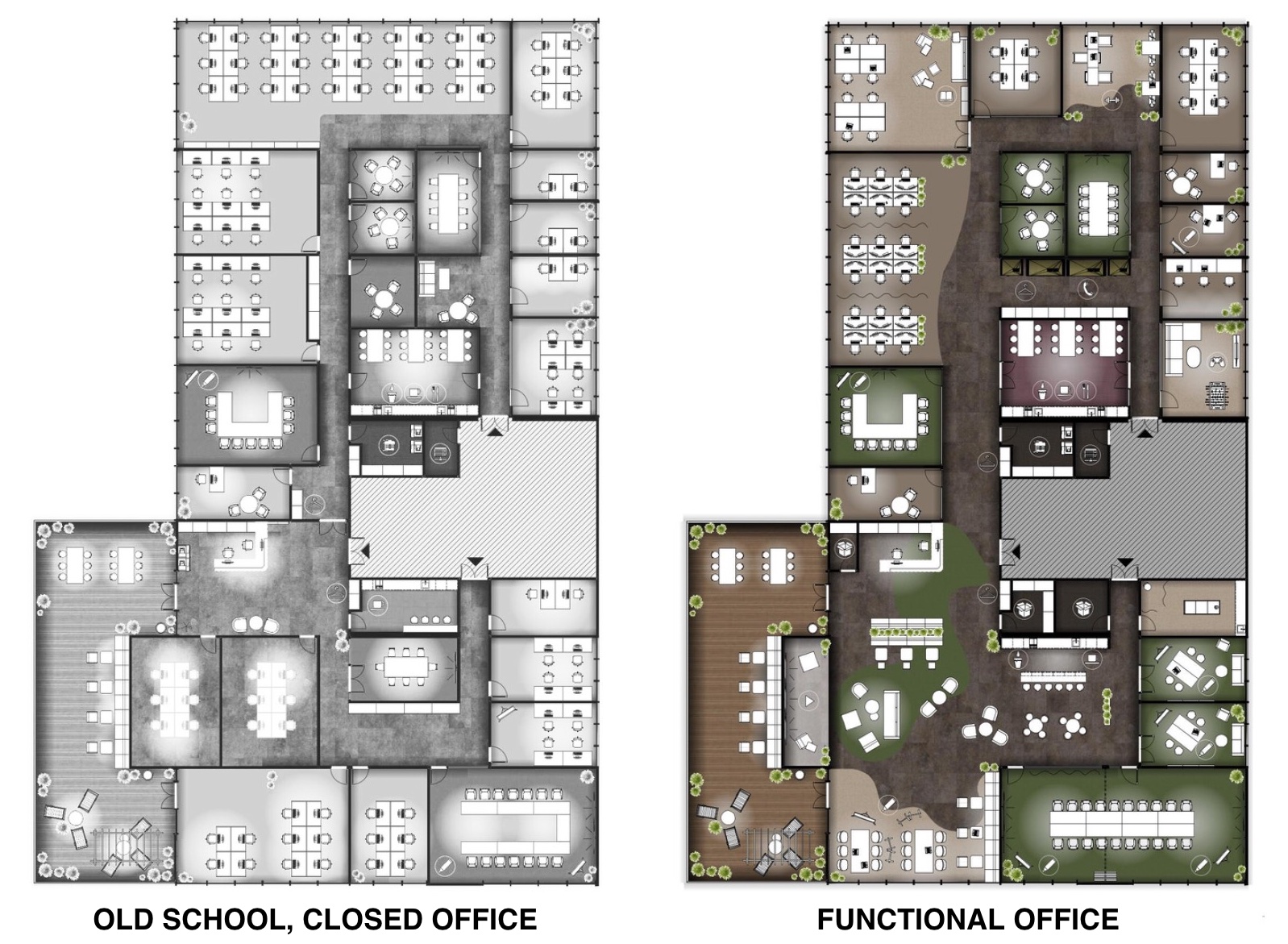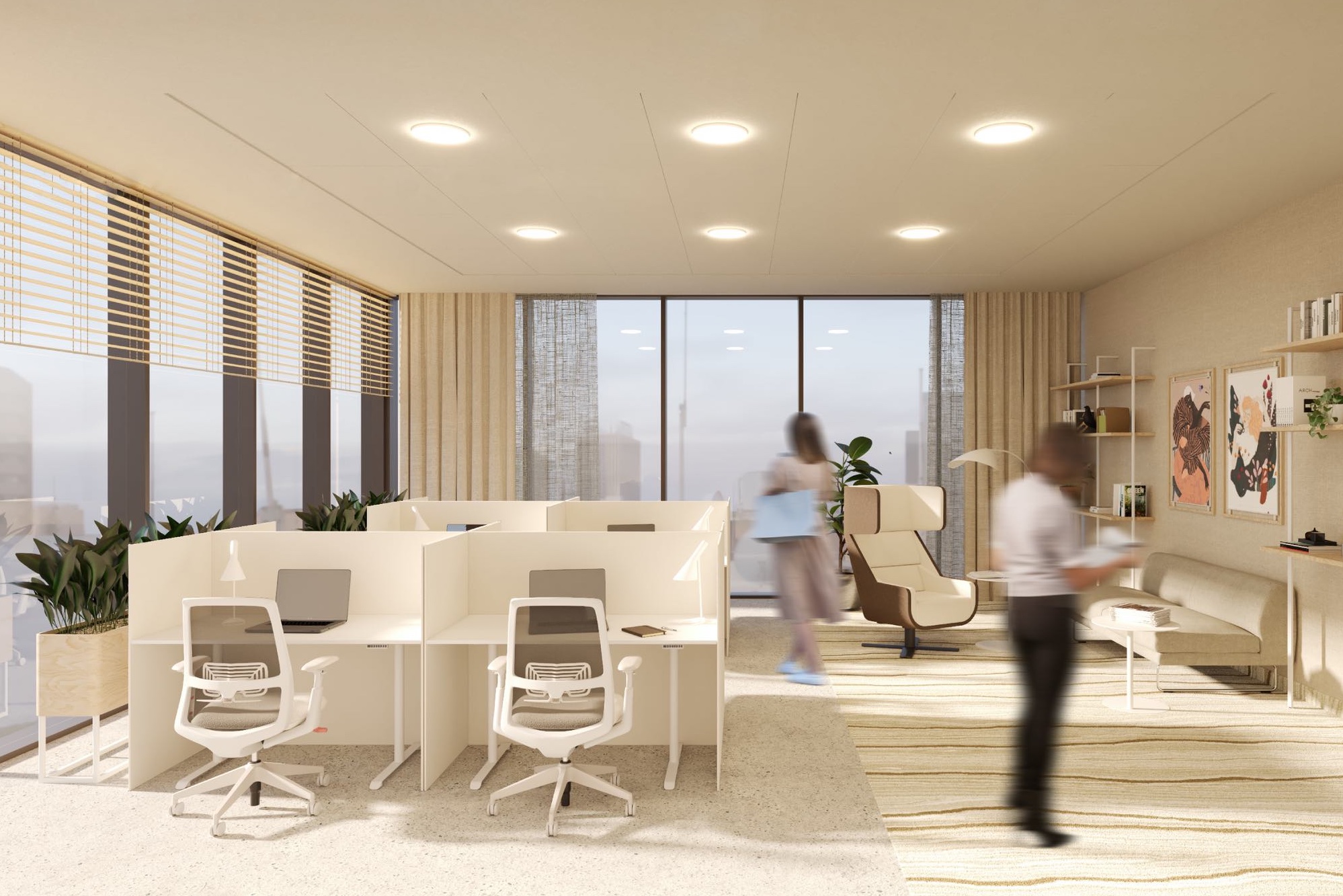Why your office is unique and how to make it work for you
Workplace strategy
Workplace strategy is about figuring out how people work and what they need. It’s like the blueprint that guides designers to create offices that actually work for the people using them.
Before designers start picking out furniture or painting walls, they need to know how the office will be used. What kinds of spaces should be created, where to put desks, how to arrange meeting rooms, and what tech stuff to include.
Skipping workplace strategy is like building a house without a blueprint. You might end up with a wonky kitchen or a bathroom in the living room. By taking the time to understand how people work and what they need, designers can create offices that boost productivity, collaboration, and happiness.
That’s easy to say, but much more difficult to do.
However, we have created our own, proprietary method for the workplace, called “Organic Fit Out”, which goes far beyond the most common data-gathering tools (i.e. surveys) to deconstruct the real needs of your employees.


How do we work?
Organic Fit Out has become our proprietary method for analyzing the needs of office clients based on the primary functions of the workplace and tasks. In essence, it boils down to focusing on the fundamental actions and processes of the company and then shaping the office around that.
This means looking inward at the organization, considering what employees truly need to function efficiently independently, with colleagues, and with infrastructure, and following that – not habits or structure. For example, not every manager needs an office, and not every rank-and-file worker can work on a hot desk. Sometimes even swapping desks for two individuals can be a very fruitful change.
In other cases, the ability to send, for example, employees working in a department to remote work may mean significant cost savings for them and the company, freeing up a large space and potential for rent cost recovery.
It’s crucial not to take shortcuts but to reflect on your organization and tailor solutions to it. That’s why the most important element of the process is listening: interviews with your people, who will actually be using the new office; cross-checking quantitative data with informal opinions, which might uncover hidden work patterns; and gathering feedback on the ideas – to make sure the new design hits the mark.

